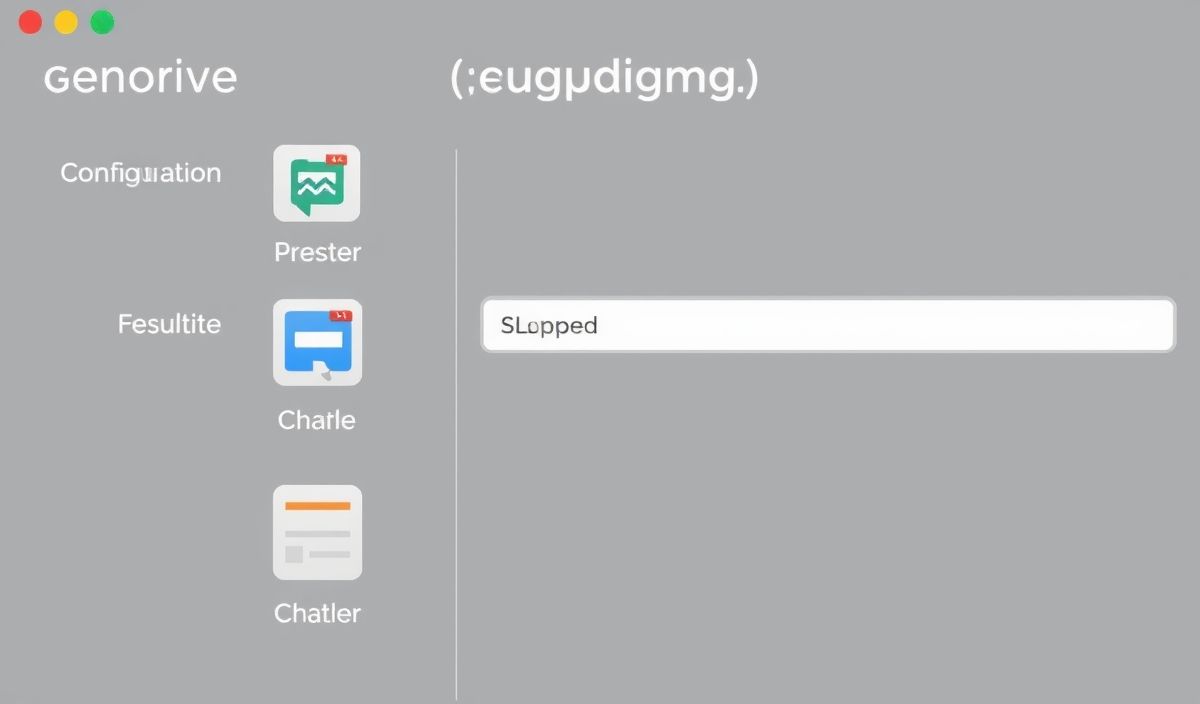An Introduction to array-unique in JavaScript
The concept of an array-unique function in JavaScript plays a vital role in optimizing code by ensuring arrays contain only distinct values. This can be particularly important when dealing with large datasets where redundant entries need to be removed to enhance performance and minimize memory usage.
Basic Implementation
function uniqueArray(arr) { return [...new Set(arr)]; }
const input = [1, 1, 2, 3, 4, 4, 5]; const uniqueValues = uniqueArray(input); console.log(uniqueValues); // Output: [1, 2, 3, 4, 5] Using Array.prototype.filter()
function uniqueArray(arr) { return arr.filter((value, index) => arr.indexOf(value) === index); }
const input = ['apple', 'banana', 'apple', 'orange']; const uniqueValues = uniqueArray(input); console.log(uniqueValues); // Output: ['apple', 'banana', 'orange'] Enhancing Performance with Map
function uniqueArray(arr) { let map = new Map(); arr.forEach(value => { map.set(value, true); }); return [...map.keys()]; }
const input = [1, 1, 2, 3, 4, 4, 5]; const uniqueValues = uniqueArray(input); console.log(uniqueValues); // Output: [1, 2, 3, 4, 5] Combining Multiple Arrays
function mergeUniqueArrays(...arrays) { const mergedArray = [].concat(...arrays); return [...new Set(mergedArray)]; }
const array1 = [1, 2, 3]; const array2 = [3, 4, 5]; const uniqueMergedArray = mergeUniqueArrays(array1, array2); console.log(uniqueMergedArray); // Output: [1, 2, 3, 4, 5] Application Example
Let’s create a simple application that merges multiple arrays and ensures uniqueness of entries.
const array1 = ['apple', 'banana']; const array2 = ['banana', 'orange']; const array3 = ['apple', 'grape'];
function uniqueArray(arr) { return [...new Set(arr)]; }
function mergeUniqueArrays(...arrays) { const mergedArray = [].concat(...arrays); return uniqueArray(mergedArray); }
const uniqueMergedArray = mergeUniqueArrays(array1, array2, array3); console.log(uniqueMergedArray); // Output: ['apple', 'banana', 'orange', 'grape'] In this comprehensive guide, we have explored various ways of implementing array-unique functions in JavaScript. The examples provided here offer a robust foundation for utilizing these techniques in real-world applications. Leveraging these methods can significantly enhance the efficiency and performance of your code, especially when working with large datasets.
Whether you are merging multiple arrays, eliminating redundant entries, or optimizing data structures, mastering array-unique functions will be an invaluable asset in your JavaScript programming toolkit.
Hash: 6a8994bb4831d038dabf54f50197b8cb03fc5d5d70e92f9cc6f42669f527657f




